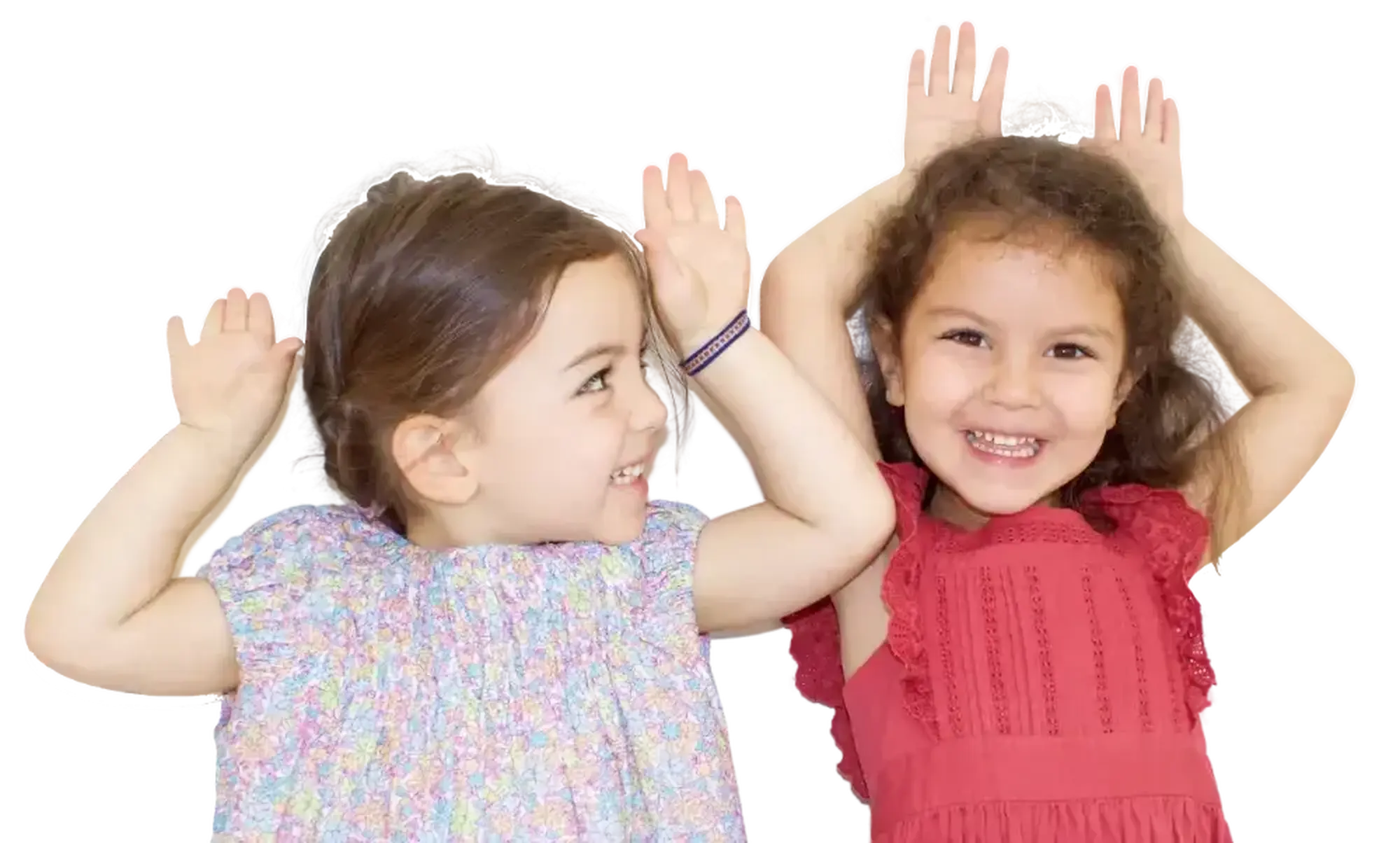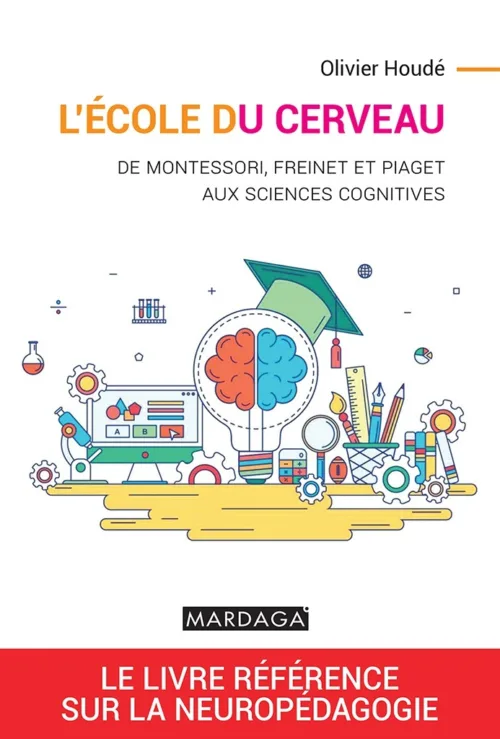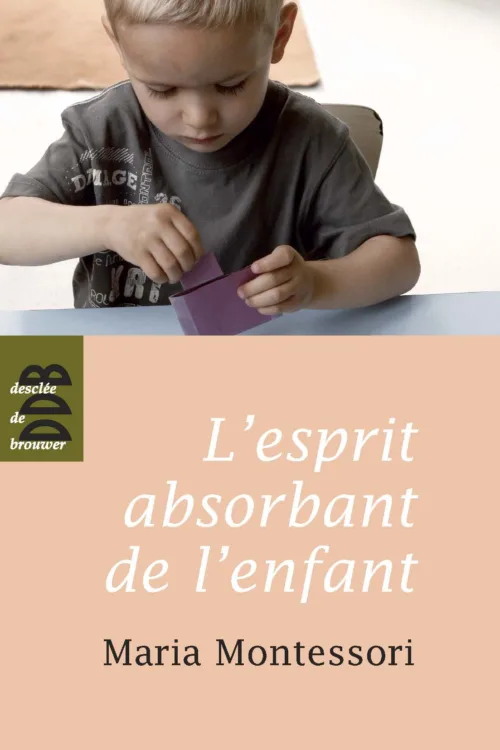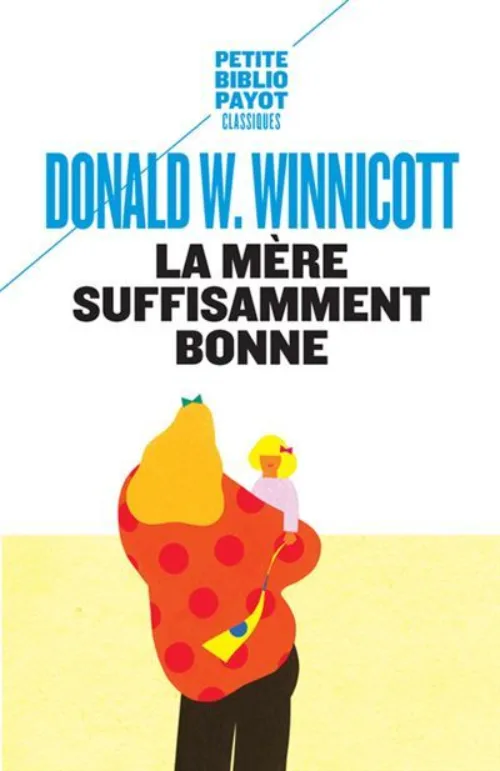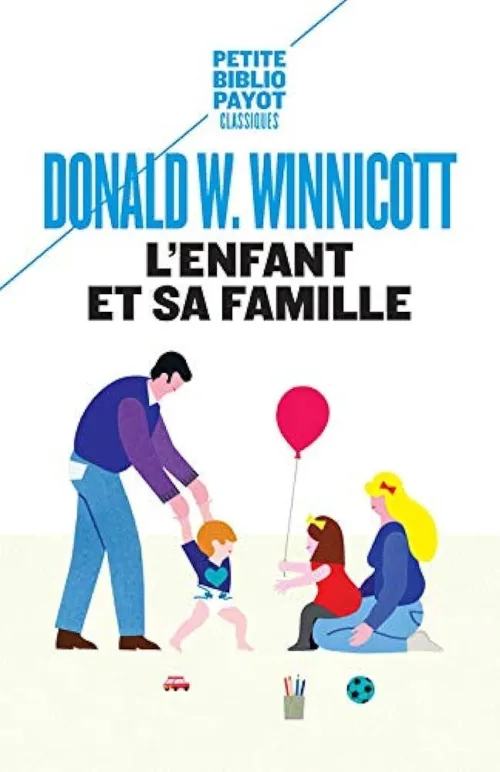Our pedagogy
Offering an innovative and bilingual alternative
Our alternative project is based on an «active» pedagogy and combines those of Maria Montessori and Reggio Emilia. We offer a welcoming, valuable and varied environment along with personalized and caring support.

Our project
Developing every child's potential
At Douces Maternelles, we propose a pedagogical project to develop learning process including pleasure, to create an environment with emotional security and provide a place where they have tools to understand basics. This process allows us to give to children stability, confidence end self-alignment.Each child is an active participant during his own learning journey at his own physiological pace, to acquire the fundamentals of elementary school: language, curiosity, creativity, expression of imagination, community living, maths and writing.We summarize several teaching methods based on tools such as those created by Maria Montessori, Célestin Freinet or Ovide Decroly, as well as on everyday tools related to societal changes.
Our references
Our foundations
For an active and innovative pedagogy
Our active and innovative pedagogy is based on foundations created on pedagogy and childhood psychology. We offer interactive, multicultural, and respectful teaching adapted to each child's development and growth.
Foundation n°1
Giving tools to trust
Adults submit proposals to encourage children to experiment, explore and check, to learn, deduce and make connections. Feeling our teaching, children are active participants in their own learning, to avoid adults dependency and to gain self-confidence at each training phase.Many opportunities for oral expression are also provided in both languages. For example, during "Show and tell" sessions, they bring an object from home, to present it to the group. Or during our podcast "Dis Pourquoi, Paroles d'enfants", where they take part on everyday topics.
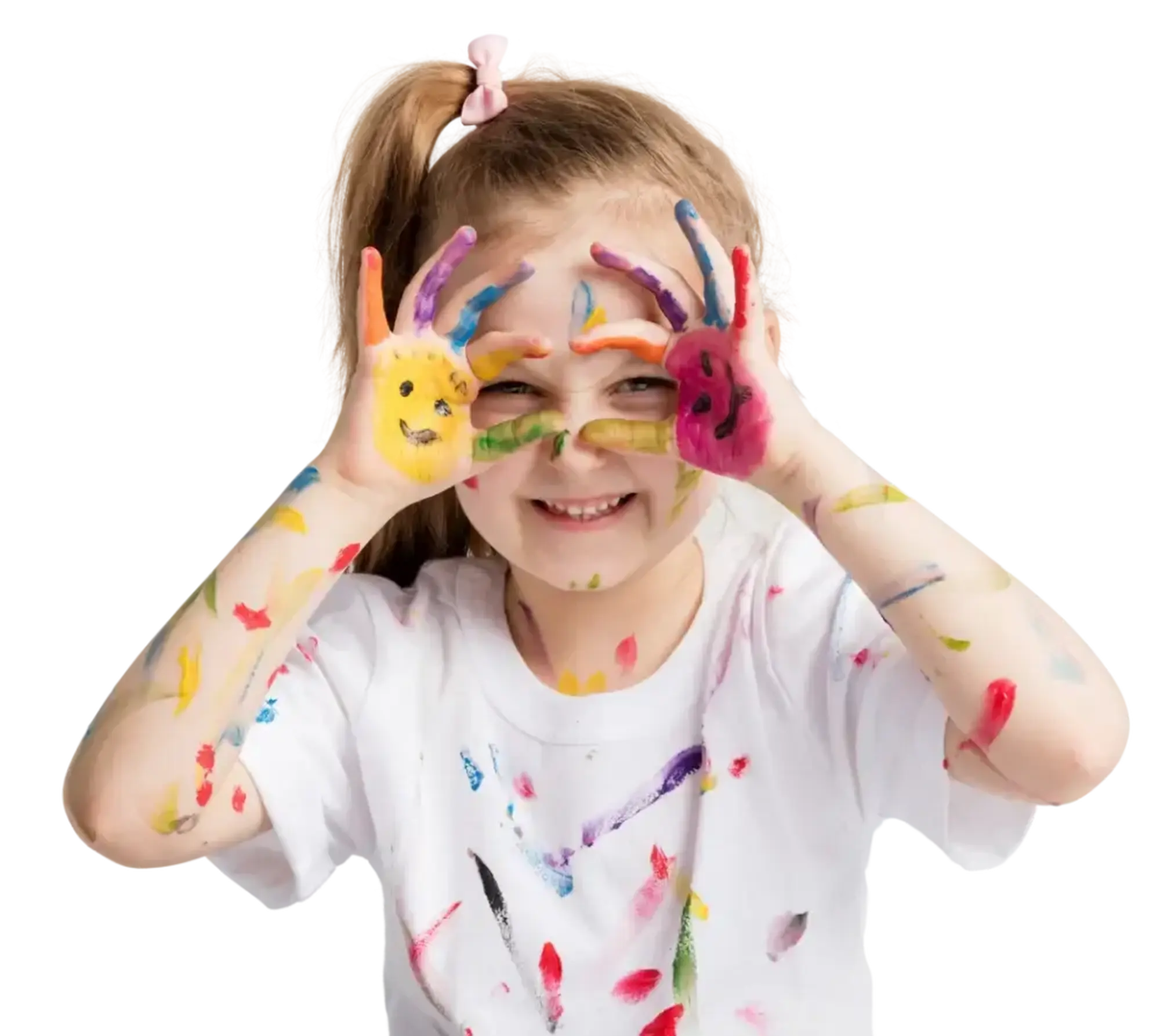
Foundation n°2
Making them love school
Making children love school depends above all on a beautiful and safe environment. They enjoy it every day and their knowledge becomes ever more refined thanks to learning richness and diversity.In addition to cognitive workshops from the National Education programs, children have access to numerous opportunities for outings and activities such as performing arts, yoga, forest school...
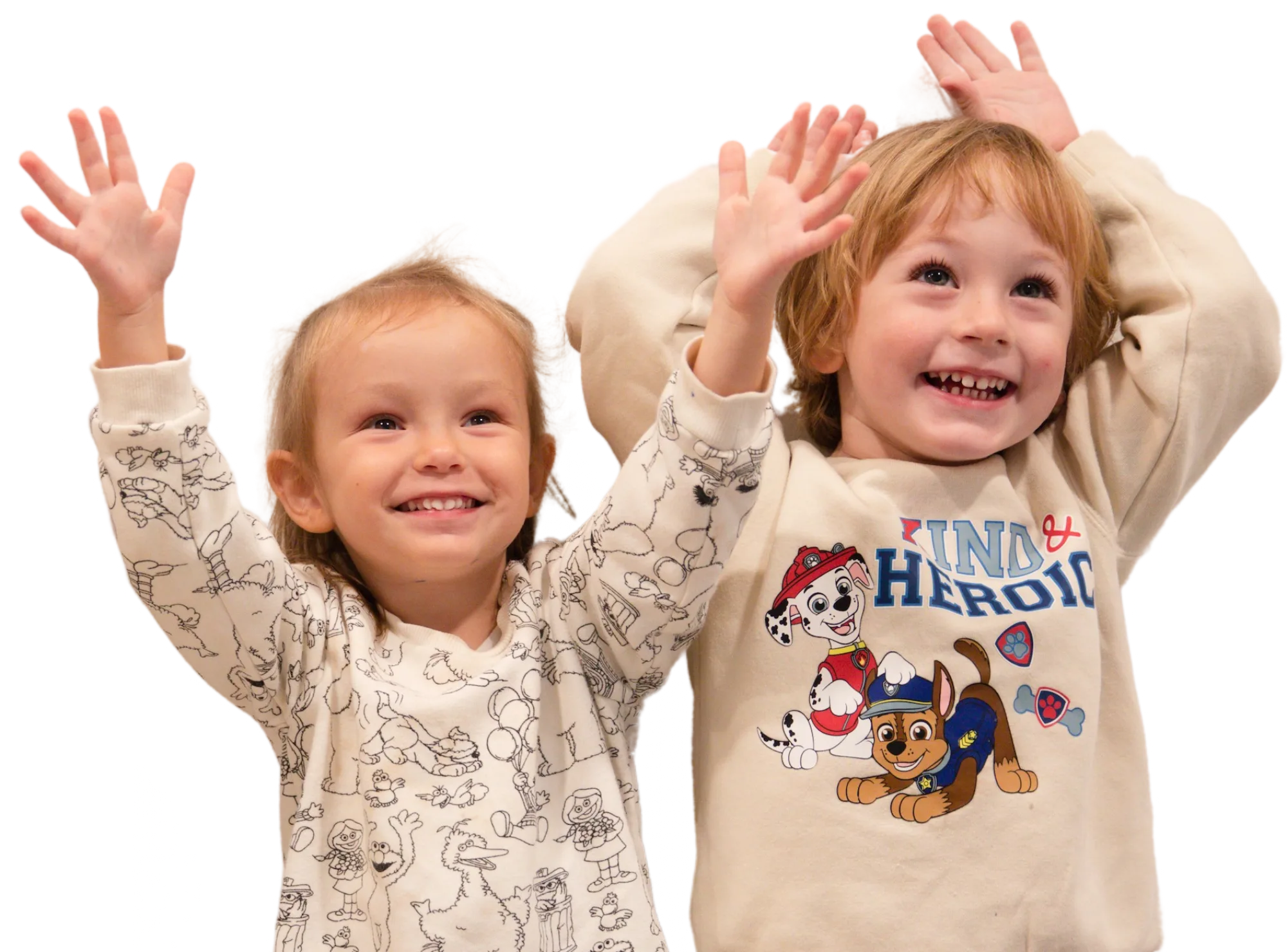
Foundation n°3
Providing the richness of bilingualism
From 0 to 6 years old, children are more conducive to language learning. Our teaching is equally given both in French and English thanks to native speaking teachers, whether during workshops, reading, group, meals and play times, throughout the day.
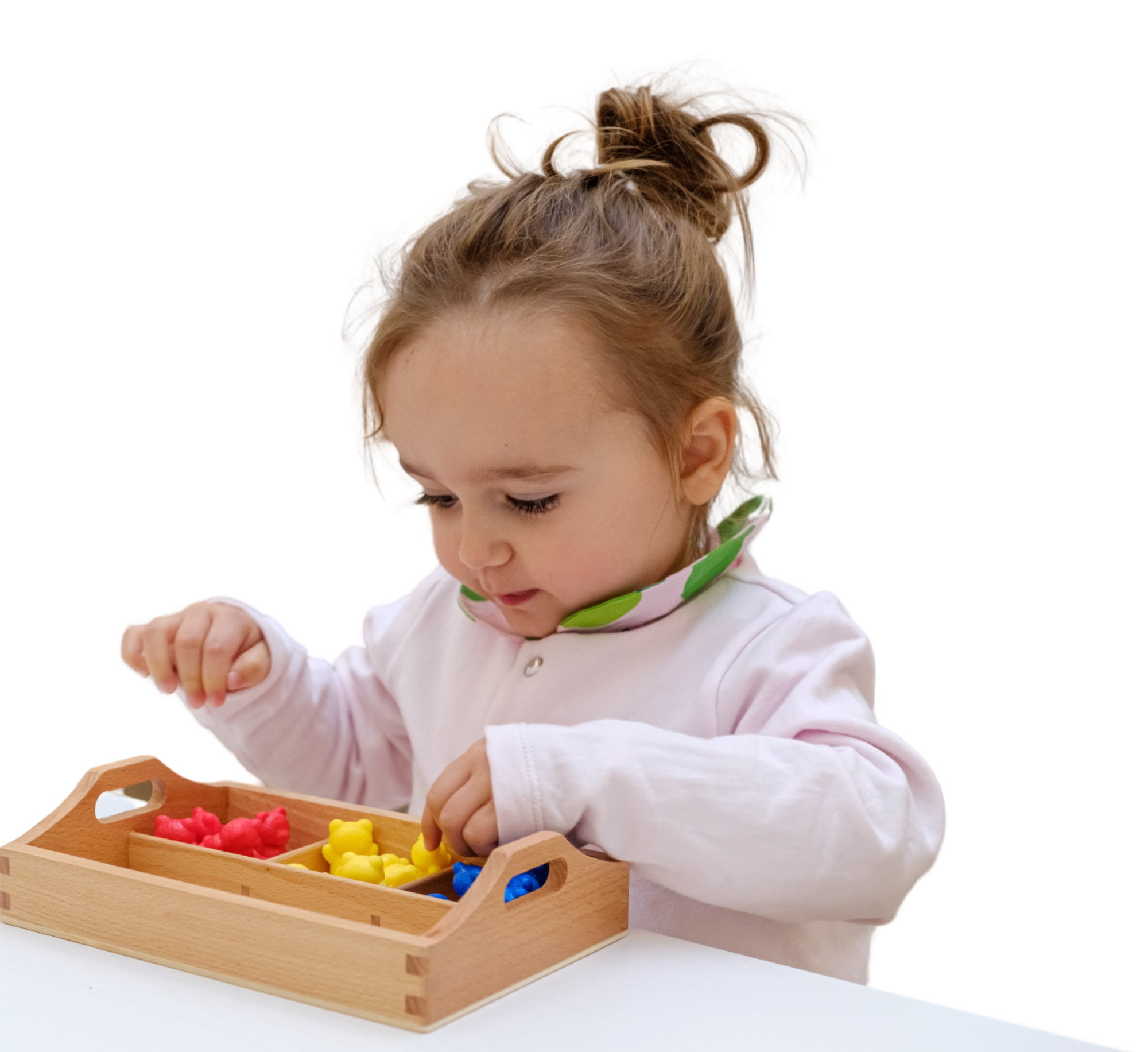
Foundation n°4
Empowering future citizens
Being citizens of tomorrow involves several essential notions: we try to develop self-confidence and self-awareness. We give them tools to learn to listen to themselves and to identify their preferences, which helps them to gain knowledge. Knowing oneself well fosters an openness to others and community living, which we promote every day in our schools with respect and listening.We include workshops where nature is fully explored (forest school, land art, use of recycled materials, school trips, insects and animals life cycle…), to raise awareness about living together and the living world.
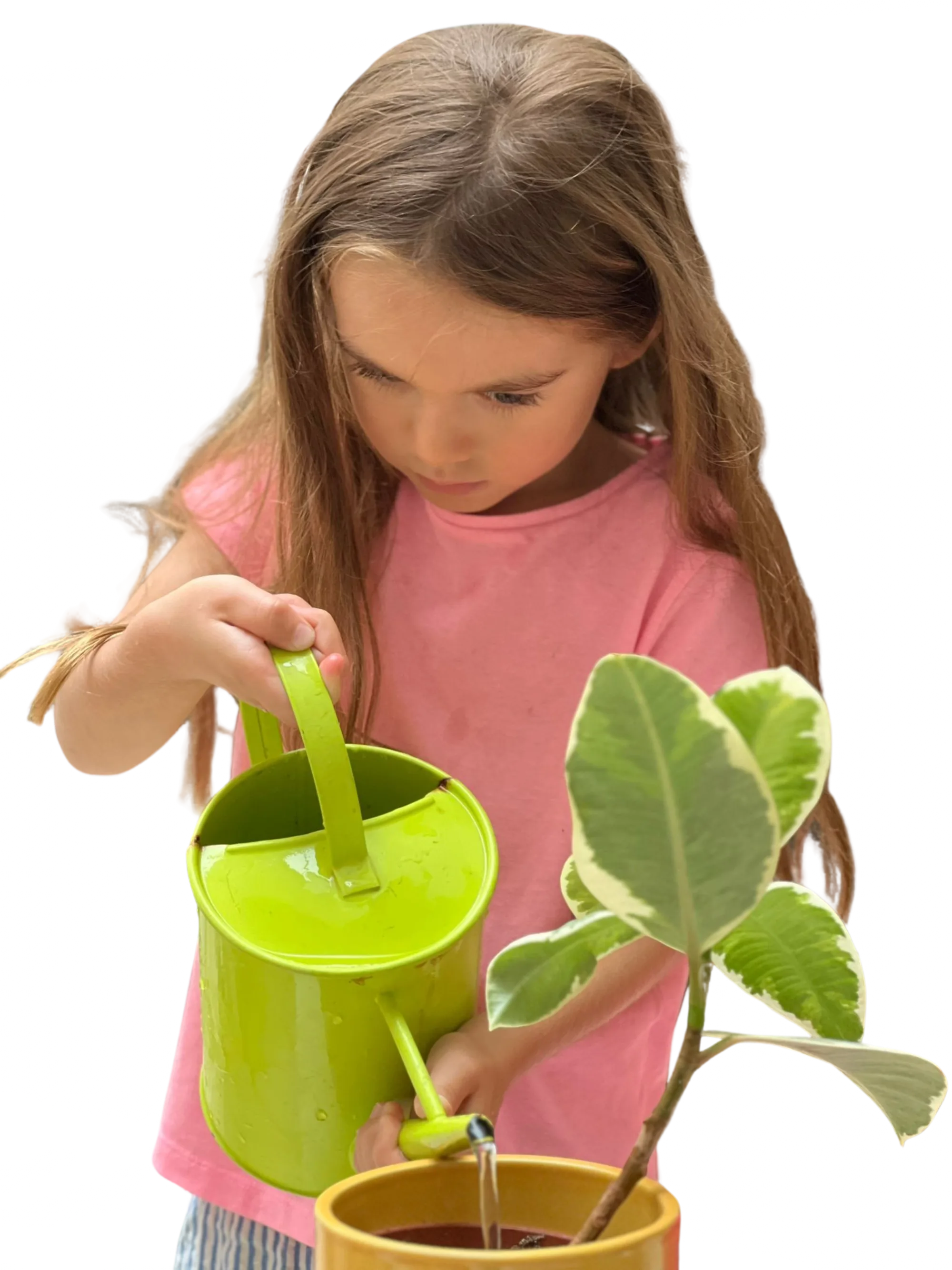
Foundation n°5
Being a partner of each family
Co-education is at the heart of our proposition: we advocate for good communication about what happens at school and at home. Therefore, our schools are open to parents every morning, during specific workshops. We also offer spaces adapted to each family and its work schedule, providing flexible hours, including a week of school holidays during the year, as well as the entire month of July.Also, we find together childcare solutions for children with specific needs, after studying feasibility.
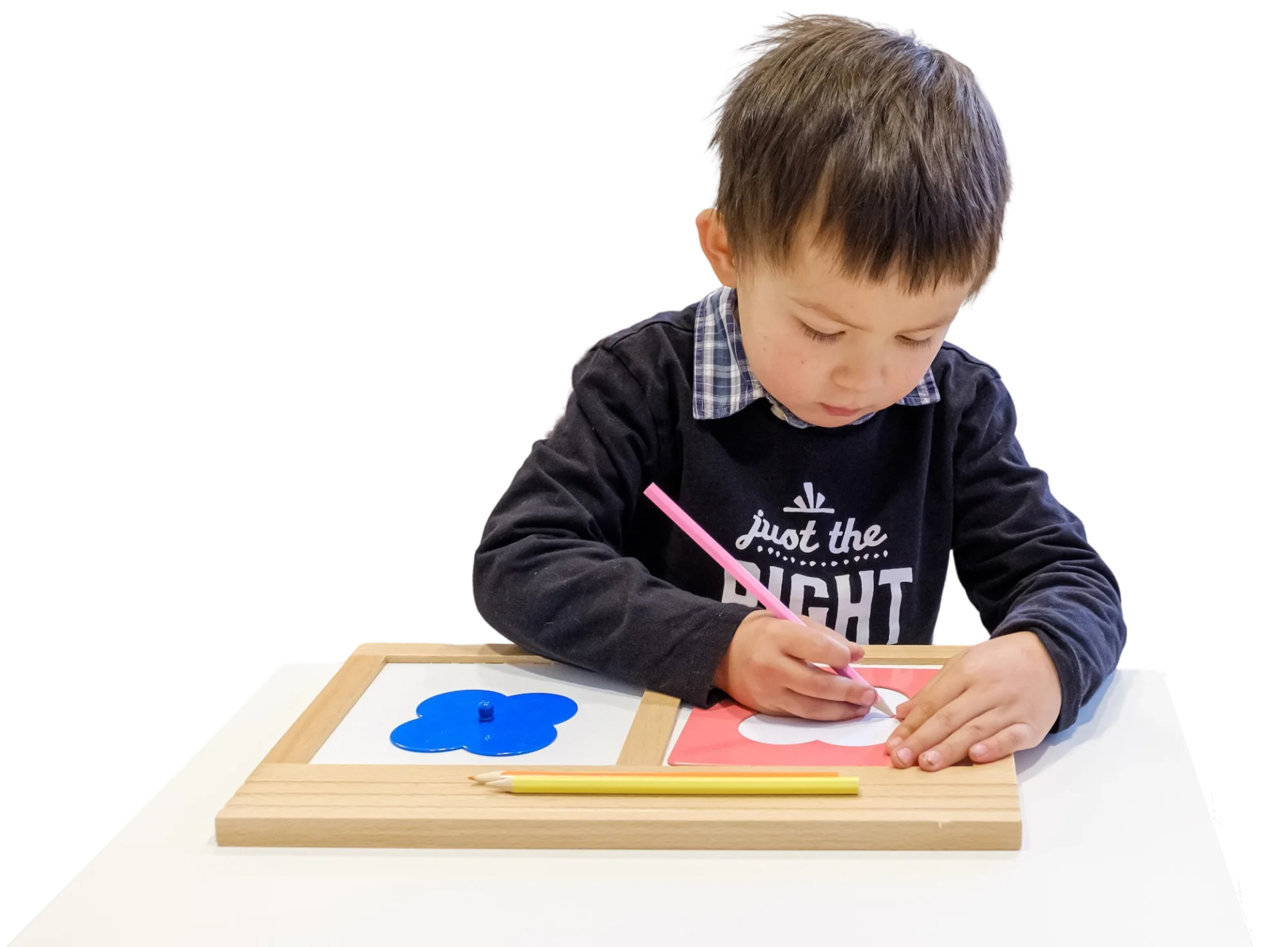
Foundation n°6
Respecting each one's individuality
We organize schools with small class sizes, to preserve each individual within a group and enable tutors to get used to each one's strengths and challenges. So that, all children have what they need. Children are at the center of their discoveries and knowledge: work themes come from their interests and are declined in several workshops (language, singing, motor skills, reading, arts...), to let them create connections between all different activities.
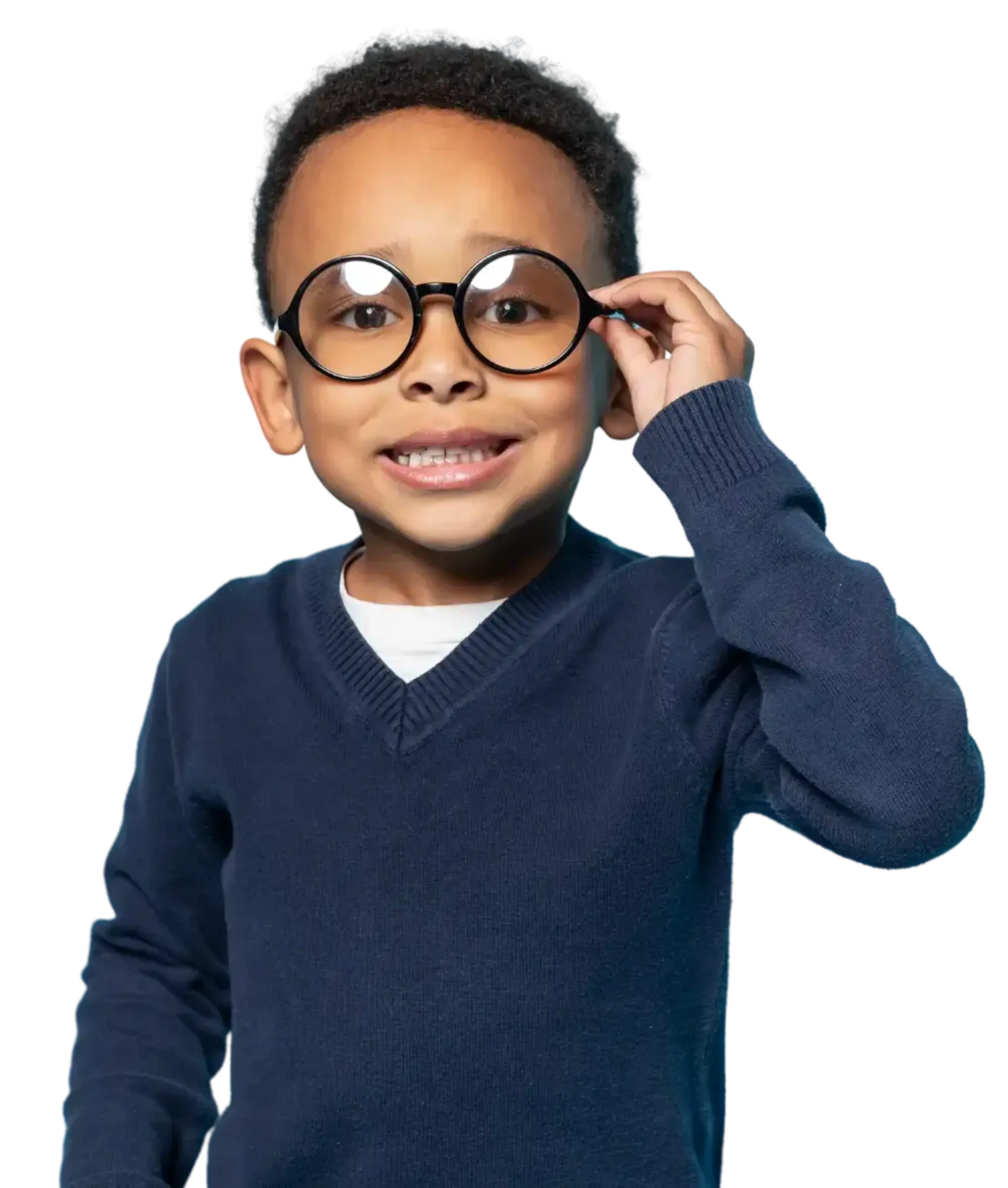
A typical day
A child centered pace
Rituals are absolute children's markers to punctuate their day and make a reassuring feeling durable. As actors of their own organization, they quickly integrate and identify proceedings day, to be more involved and develop their social skills.

The educational follow-up
Make and keep an open communication with parents
Respecting the co-education principle, we maintain a close relationship between our teams and parents: we invite you to go to school in the morning and evening, as well as birthdays and specific group works. Conferences, individual and parent's meetings and our regularly updated private Instagram account keep yourself informed on the year progress.
Our reviews
Learn more
Do you want to…
Do you share common values in our pedagogy? Do you want to opt for our educational project to your child? Let’s talk together!
